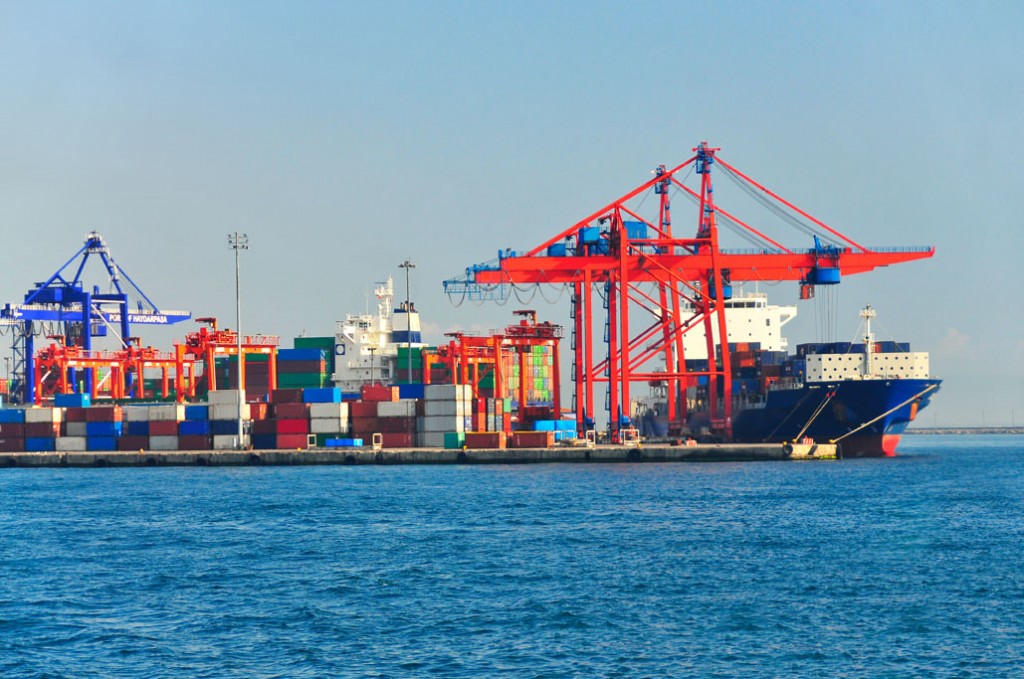The widening of the Panama Canal has put a rocket up the infrastructure plans of ports across the Americas as reported by Greg Knowler in Maritime Professional.
The expected launch of Panama 2.0 is “sometime in 2015” and ports across the US East Coast – at least the ones that have received funding – are busy digging away to make the channels and berths deep enough for the big ships.
But it is no only US ports that are getting ready. In the Caribbean and South America, ports that have never featured high on any “potential hub” list are building and expanding their own facilities in a bid to capture the increasing business.
Baranquilla and Cartagena in Colombia, Suape and Santos in Brazil, ports on Mexico’s Gulf coast and the Caribbean – all are working on improving seaside and inland port access.
Emerging markets trade has dropped off this year after several years of impressive growth. It is giving the ports across Latin America, and Africa too, for that matter, some breathing space to sort out the considerable infrastructural shortcomings ports across the developing world share.
A serious amount of work needs to be done in all these ports, especially those that handle direct exports and imports. Transhipment is easier to cope with – you build a bunch of deep berths and a big yard and focus on improving productivity and lobby the shipping lines like hell to include you on their schedules. But the ports that are handling direct containers inbound or for export need massive improvements to their road and rail networks. In some cases the terminals need to be relocated outside busy city limits.
The problem is that everyone wants to be a hub, and that is not possible. Fortunately, it is not a zero sum game. Ports that do manage to become hubs and can handle the huge container volumes that accompany that status will need a robust feeder network to keep their terminals busy.
This is where the smaller ports come in. The infrastructure investments are needed regardless of whether they become the busiest ports in the region or act as a feeders for the hubs. What they will have to overcome, however, is an approach described by a speaker at the Air and Seacargo Americas conference here in Miami yesterday as “let them come and we will build it”.
Make no mistake, it is a race with very lucrative benefits. The ports that can quickly develop the ability to handle large volumes of containers efficiently will pick up momentum that will be hard to stop.
Still, pouring concrete is the easy part. The real work will lie in convincing governments to adjust protectionist regulations and remove barriers to trade.
